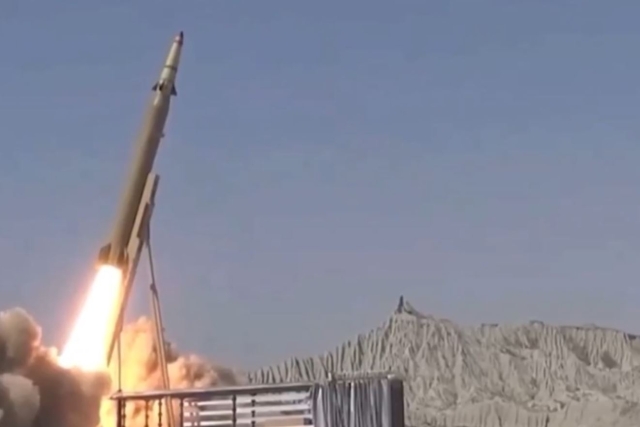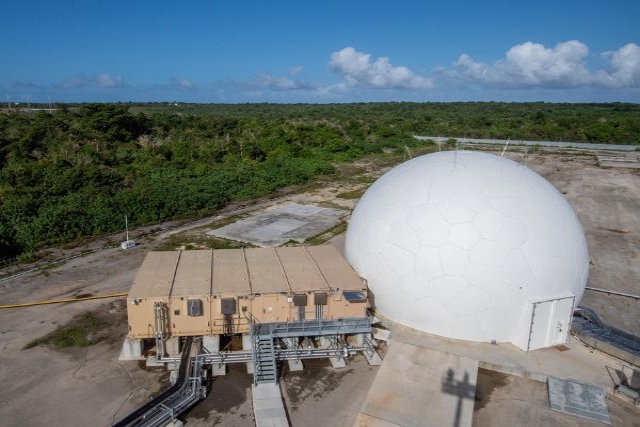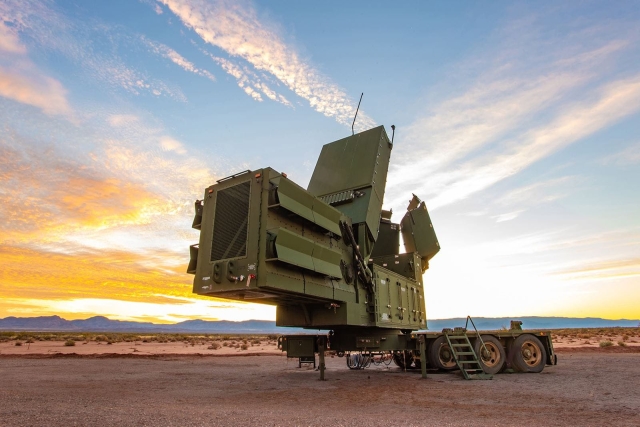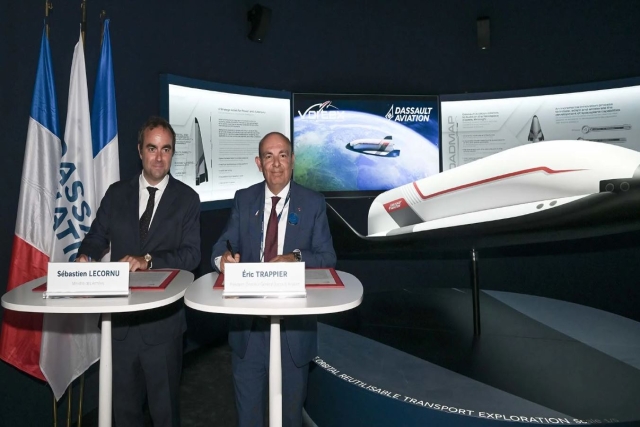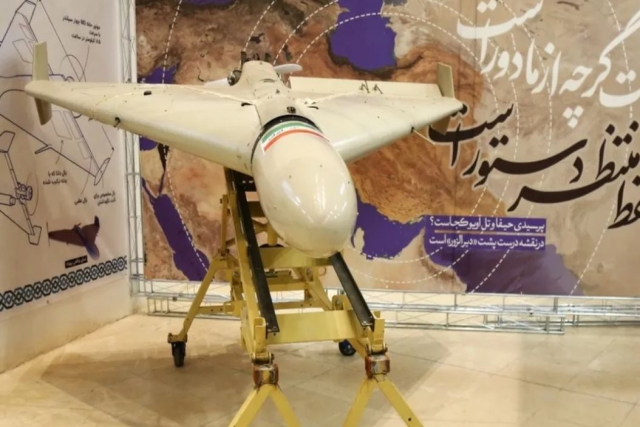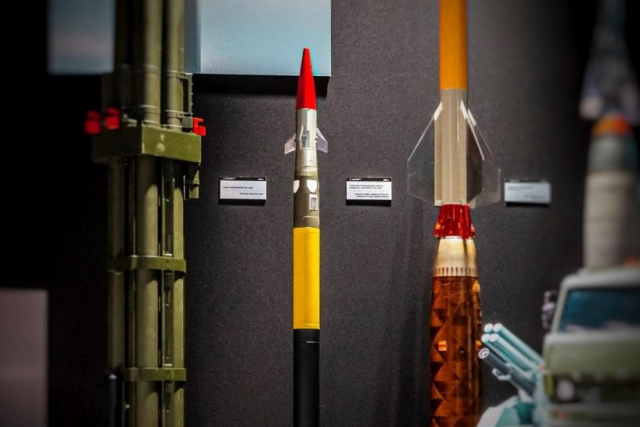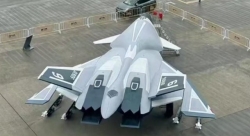South Korea Begins Development of New Anti-Ballistic Missile Simulation System
Project aims to enhance missile defense readiness with advanced virtual training environment by 2028

South Korea’s Defense Acquisition Program Administration (DAPA), has officially launched the development of a new ‘Counter Ballistic Missile Operation Simulation Model’ to strengthen South Korea’s ability to respond to growing ballistic missile threats.
On Monday, the DAPA announced that the kickoff meeting was held on Tuesday, June 17, at LIG Nex1, the lead research and development organization.
The project, backed by a budget of 33.4 billion won, is scheduled to run through 2028. It is designed to build a simulation model that mirrors complex, real-world ballistic missile scenarios. Unlike conventional training that focuses on isolated weapon systems and procedural drills, this new system will provide integrated operational exercises within a fully simulated battlefield environment.
The simulation model will enable users to rehearse the entire sequence of events during a ballistic missile threat—from initial detection to interception and post-strike damage assessment—using computer-based modeling and simulation technology. Officials expect this to enhance both the command decision-making process and South Korea’s warfighting readiness.
A key objective of the program is to develop a fully independent anti-ballistic missile simulation platform, rather than relying on systems currently used by the U.S. military. This will support the Korean military’s “three-axis system,” which includes the Kill Chain (preemptive strike), Korea Air and Missile Defense (KAMD), and Korea Massive Punishment and Retaliation (KMPR) frameworks.
